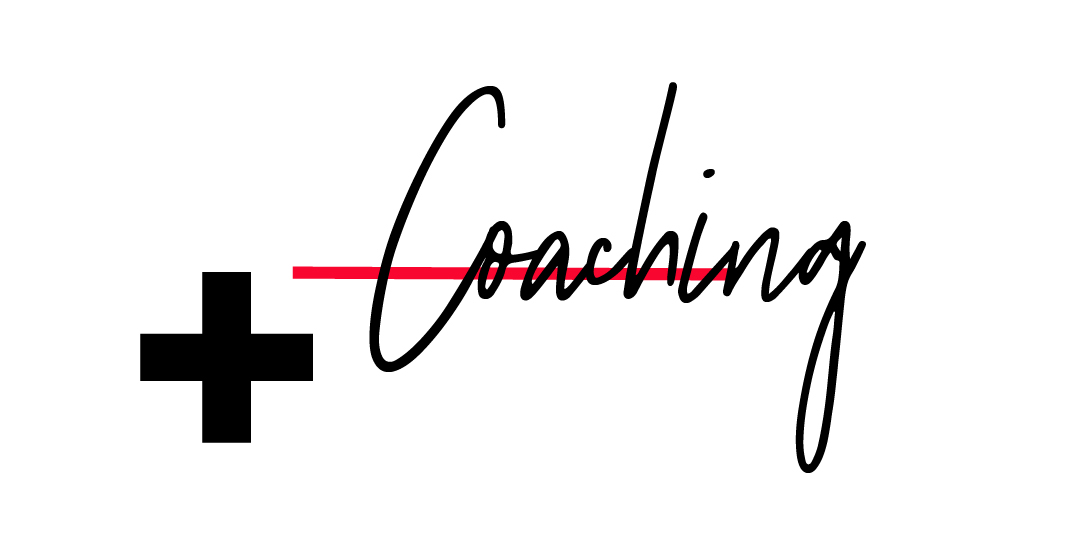Ideas are everywhere! Ideas are like a form of currency for the creative community.We come up with them in the shower; in brainstorming sessions, in the car – they can be found anywhere when we’re in tune and keeping our antennas up. But all ideas are not created equal. Some ideas are good and others are bad. Some ideas are better later and others may just be better for someone else. Author Edward de Bono in his book Serious Creativity: Using the Power of Lateral Thinking to Create New Ideas has developed a class system for ideas entitled ”End Categories.”
de Bono believes all ideas can be classified into one of the following eight categories:
- 1. DIRECTLY USABLE – These are our best ideas. We’ve determined they have value and could be used. These ideas are worth finding resources and creating margin to execute. These ideas are “game changers” and need to be treated as such.
- 2. GOOD IDEAS, BUT NOT FOR US – These ideas have value and support your objective, but aren’t a good fit. Reasons they may not be a good fit include: not having enough resources, not having the team or margin to execute, and having our brand filters punt these ideas out of the cue before we can act on them. We shouldn’t try to force these ideas to happen when they often create sideways energy.
- 3. BACKBURNER IDEAS – These are good ideas, but not for right now. These ideas have value and fit – but aren’t right at this time. Current resources, capacity, or priorities may not allow us to execute these ideas. We can revisit these ideas later when the time may be more right.
- 4. NEEDS MORE WORK – These ideas are full of potential, but are only partially baked. With more work we can transform these ideas into DIRECTLY USABLE ideas. We should try to find some margin for our teams to work on these ideas.
- 5. POWERFUL, BUT NOT USABLE – These ideas are great ideas, but are getting blocked by an external force – something out of our control. Sometimes we can re-work these in a way that eliminates the block.
- 6. INTERESTING, BUT UNUSABLE – These ideas are some of the most productive ideas we have. It’s not because they become usable, but because they spark other usable ideas. They often offer new ways of thinking. These ideas are like firecrackers that ignite other – and often better – ideas.
- 7. WEAK VALUE – These ideas are dangerous. They risk brand, quality, and momentum. They are deceptive because they make us feel like we’re being productive. But, in reality, we’re costing ourselves more than we’re creating. These ideas work and they fit our organizations, but they lack value. The return on the effort invested is disappointing. The danger with Weak Value ideas is that sometimes we accept and implement these just to “get something done” or to “have something out there.” They support a “something is better than nothing” approach.
- 8. UNWORKABLE – These ideas are pretty much impossible. No matter how hard we work, these ideas just aren’t going to fly. Abort on these ideas.
Take time to perform an inventory on the ideas your team are creating. Assign resources and energy to the ideas that can move the team and the organization forward.





Great concept! Categorizing ideas will help determine action, resources, time and whether to pursue ideas much faster. However, in the context of a team there needs to be healthy dialogue to help determine which category ideas fall under, without overlooking that something can be gleaned from other ideas that may not fall under “Directly Usable” that can cause the team to arrive at “Directly Usable” ideas. Great concept I will be implementing in my leadership. thanks steve!
I think “Killer Ideas” has a better ring to it than “Directly Usable” ideas.
Usually I stick to the “good, bad, stupid” meter, but I think this is a great concept. It frames my ideas in a realistic way and lets me know when an idea deserves time and energy, and when it belongs in a notebook somewhere and every level in-between.